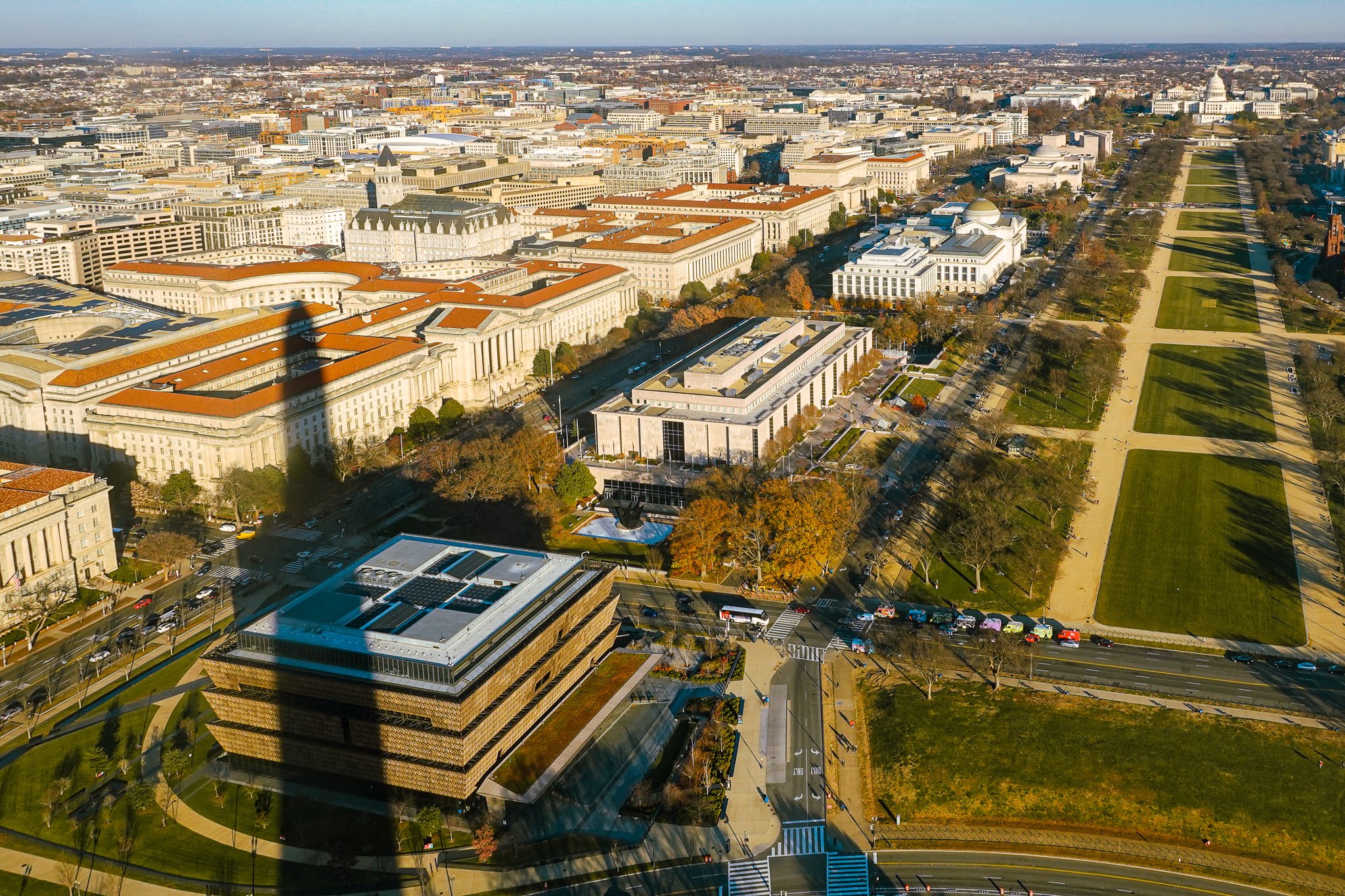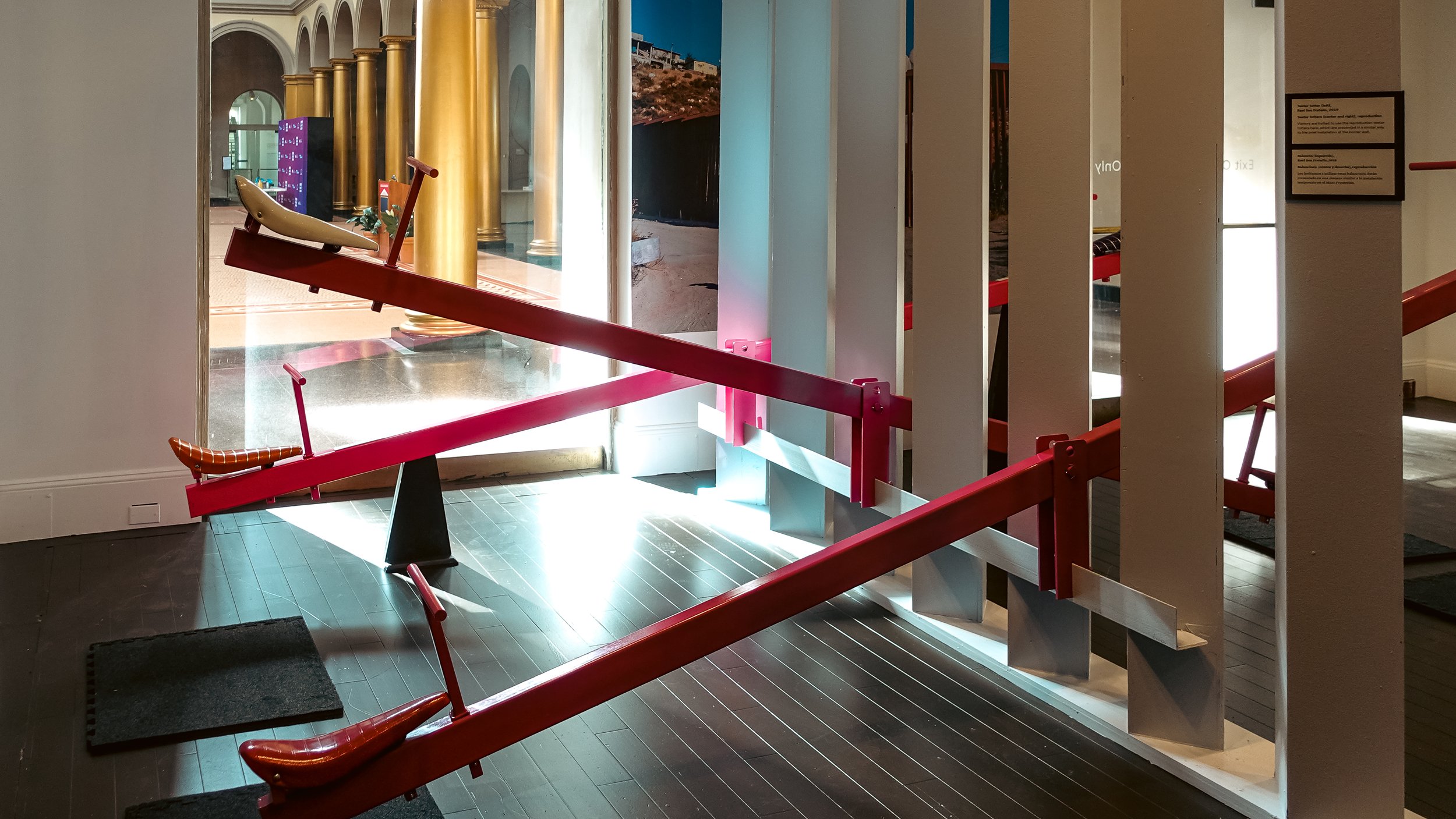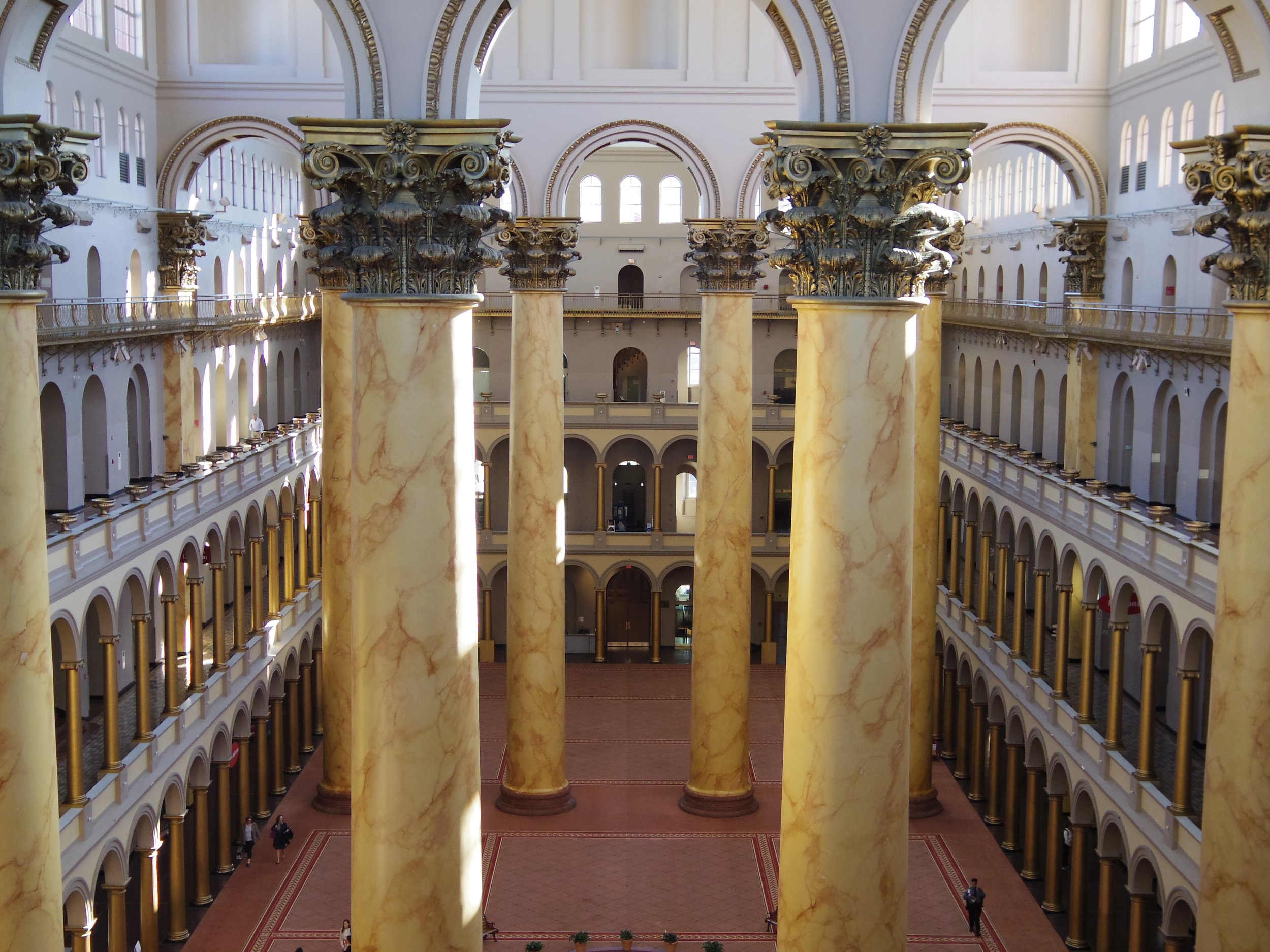2. Canal Park Rink. Capital Riverfront, Navy Yard, Ballpark Area; whatever you want to call this neighborhood, it's one of DC's fastest growing as far as population. The amenities keep multiplying and the Canal Park Ice Rink has been a newer, but consistent staple. The figure-eight shape of the track is curious, but makes for a more unique expreince than the typical circular or oval tracks. After a skate, you can stroll down to the riverfront and walk the Anacostia River. 200 M Street SE. Open through February.
3. Washington Harbor Rink. Georgetown is the home of Washington Harbor, which is don on K Street NW. I just called this area the waterfront. But this collection of housing, offices, retail, and restaurants in a cluster of early 1980s postmodern buildings also hosts the yearly Georgetown Ice Rink. This is probably the most popular of the commercial rinks in DC and has the most neighborhood amenities nearby with shopping, food, sightseeing, and more to do before and after. 3000 K Street NW. Open through March 13, 2022.
4. Wharf Ice Rink. The newest addition to the DC ice skating scene is the Wharf Rink. Located directly adjacent to the water (the Washington Channel), this rink is actually linked directly to the Georgetown Rink by the Potomac Water Taxi. The Wharf is a pedestrian friendly area with restaurants, shopping, and music so there is plenty to do after your rims on the ice. 970 Wharf Street SW. Open through February 2022.
5. Fort Dupont Ice Arena. As the only indoor rink on this list, Fort Dupont is mostly known for skating lessons, club ice hockey games, and other structured programming. However, they do offer public skating sessions throughout the week and of course, it's covered, so weather is never a factor. Years ago I ran a summer camp in nearby Kimball Elementary and the ice arena was a favored afternoon activity during DC's hot summer afternoons. 3779 Ely Place SE. Open year-round.






















